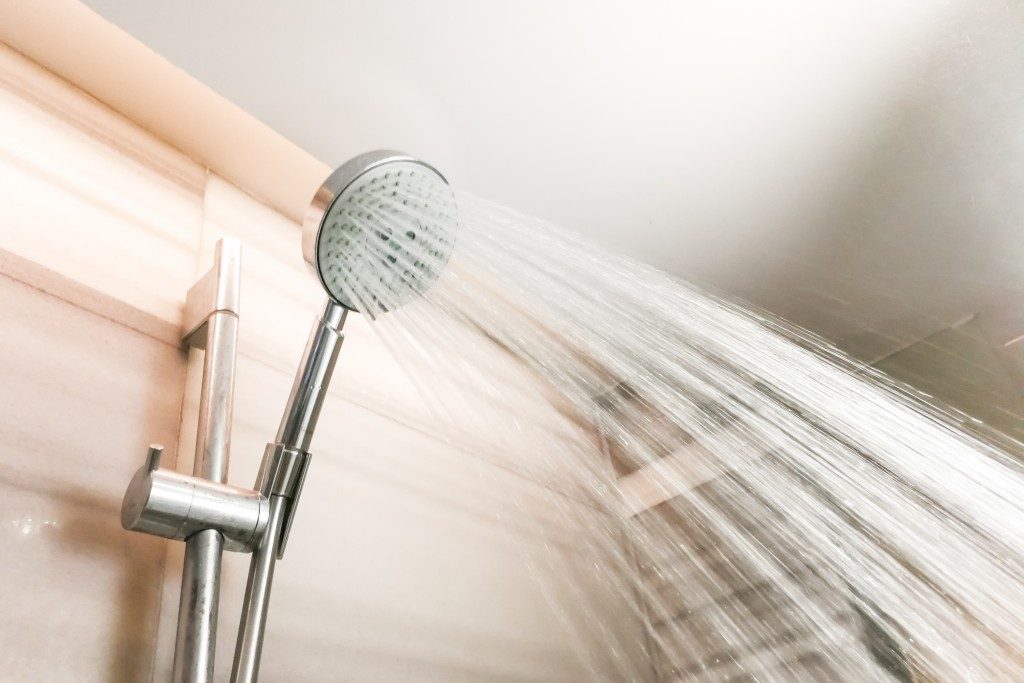People often think that water conservation and water efficiency are the same. While these two have different meanings, they both have the same objective: to encourage the use of less water, one of the world’s most significant resources.
In simple terms, water conservation refers to decreasing the total amount of water use, whereas efficiency means conserving water by utilizing available water-saving technology. In recent years, there has been an increase in the need to conserve water due to the global climate and drought conditions around the world. People have been making lifestyle changes to address the problem, and they’re also learning how to do everyday household chores that need water through more effective methods. It has been revealed that in many cases, effectiveness is an easier and more sustainable task to perform compared to conservation.
Also, knowing how to be water-efficient can help people save costs. By going for appliances and fixtures that come with water-efficient features, many homeowners can save more than hundreds a season on both their water and energy expenses. It’s a win-win situation: we can all save money, water, and the environment.
To further understand the differences between water conservation and water efficiency, here are some examples in different settings:
Taking Showers

Efficiency: A simple way to introduce water efficiency at home is by replacing showerheads with low-flow models. This is because they automatically help you save water when you shower.
Conservation: Even after you’ve switched out to a low-flow showerhead, it’s still important to be mindful of how long you use your shower. Stay in the shower only for as long as needed. Here’s a simple trick: when you turn on your shower, play some music and keep the shower on for the length of two songs.
Food and Cooking
Efficiency: For reduced water use, incorporate more fruits, vegetables, and grains in your diet instead of meat and dairy products. This is highly recommended because it requires a considerable amount of water to produce both meat and dairy products. Not only is this a healthier choice, but it’s also safer for your drains. You won’t have to worry about frequent drain cleaning.
Conservation: If you don’t waste food, it means you’re also conserving the water it took to produce all those products. According to the U.S. Department of Agriculture (USDA), over 30 percent of the available food supply in the US was wasted due to human consumption on both the retail and consumer sides. Think of it as being similar to throwing out all the water and energy that were used to grow and produce all of these food products. That’s why, to conserve water, only buy food that will be consumed immediately, so you won’t have to throw them away.
Washing the Car
Efficiency: Go to a commercial, self-service car wash, as these services utilize pistol grip nozzles that automatically turn off after use. Also, they use high water pressure, so it only takes less volume of water to do the task effectively.
Conservation: As much as possible, don’t wash your car at home, unless you use a spray nozzle that quickly turns off or if you prefer to do it the old-fashioned way with a bucket full of soapy water. If it’s possible, pull the car onto your lawn before washing, so the water goes straight onto the grass.
Overall, water efficiency appears to be the most straightforward course to take, but it’s not the only one available. It’s still essential to save water whenever you can.

